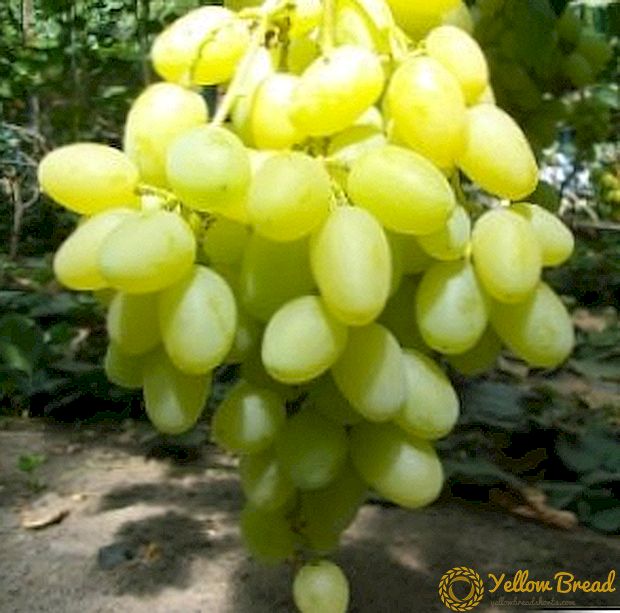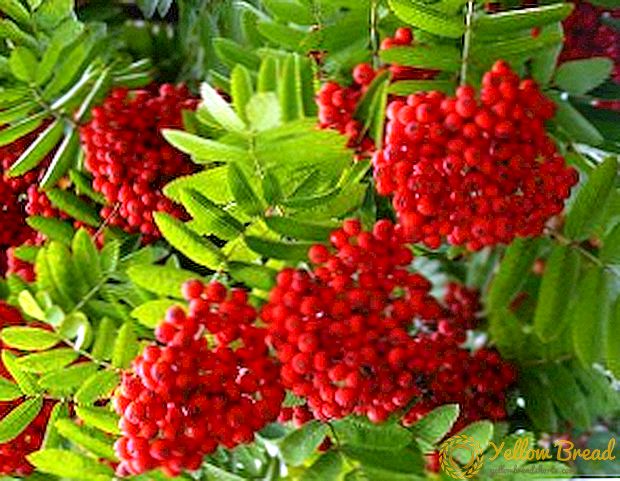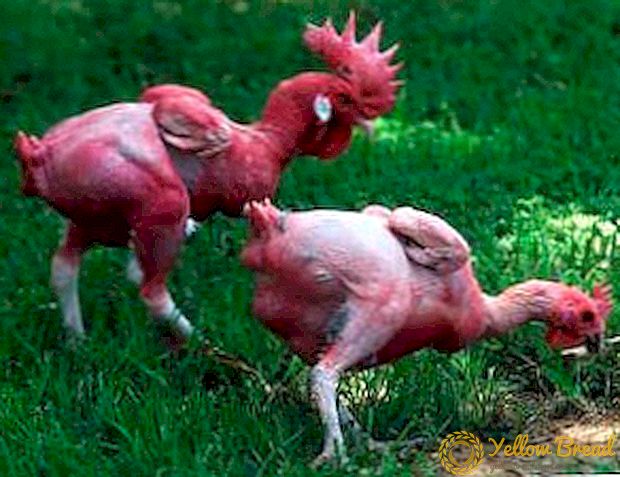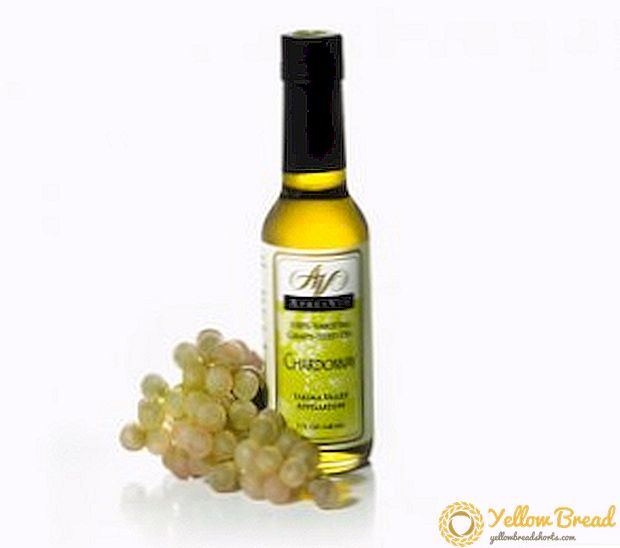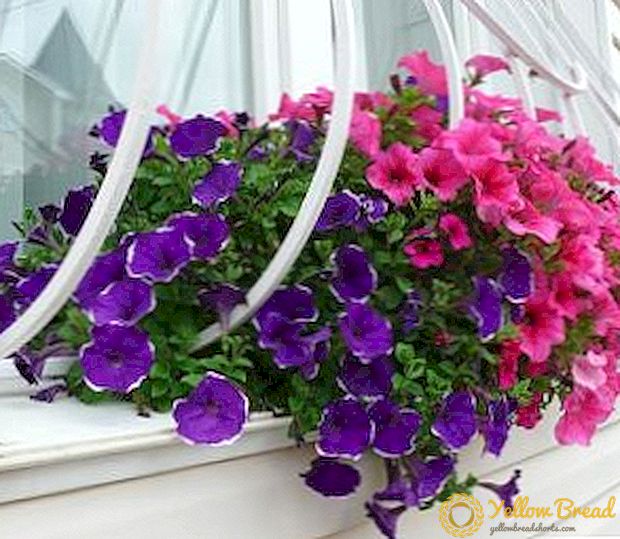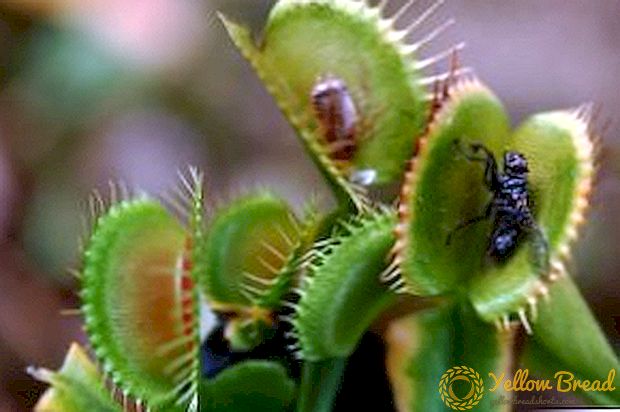 Volzhanka (Arunkus) - perennial, dicotyledonous, flowering, herbaceous plants of the Pink family. There are about 12 species.
Volzhanka (Arunkus) - perennial, dicotyledonous, flowering, herbaceous plants of the Pink family. There are about 12 species.
They are highly decorative (they look great both during flowering and after), unpretentiousness, frost and drought resistance, delicate aroma.
In addition, plants are undemanding in the care. We will discuss further the nuances of growing this almost perfect type.
- Choosing a place and preparing the soil for planting
- Planting young bushes Volzhanka after purchase
- The combination of Volzhanka with other plants
- Care for perennial Volzhanka
- How to conduct watering
- When and how to feed Volzhanka bushes
- Pruning peduncles
- Frost resistance of perennial, how to hedge yourself
- Disease and Pest Resistance
- Breeding Volzhanka
- Division bush
- Cuttings
- Seeds
Choosing a place and preparing the soil for planting
 Arunkus refers to perennials and in one place grows up to two decades. Since in nature the plant chooses shady wet areas, then ideally the place for planting Volzhanka on your site should be appropriate.The banks of the reservoir, if any, are suitable, or the space under the canopy of garden or coniferous trees.
Arunkus refers to perennials and in one place grows up to two decades. Since in nature the plant chooses shady wet areas, then ideally the place for planting Volzhanka on your site should be appropriate.The banks of the reservoir, if any, are suitable, or the space under the canopy of garden or coniferous trees.
Volzhanka can be planted as a tapeworm, but keep in mind that it is necessary to provide it with at least half-shade or a slightly shaded place, as the volzanka growing in the summer day sun can burn leaves (this does not apply to the morning and evening direct sunlight).
Arunkus is pleased with the minimum requirements for the soil - it should be light and well drained, with an acidity from pH 5.0 to pH 7.0. Although the plant is able to adapt to growth in heavy or medium soil. But for good growth, organic components must be present in the substrate.
After choosing a place for Volzhanka, dig holes (0.5 m × 0.5 m × 0.5 m) at a distance of about 1 m from each other for planting young plants. Moisten abundantly.
Planting young bushes Volzhanka after purchase
 Landing is carried out in early spring. Evenly distribute the root system of plants over the surface of the wells. Fill them with topsoil and humus or compost. Carefully seal, pour. It is also recommended to mulch using chopped bark, chips or sawdust.
Landing is carried out in early spring. Evenly distribute the root system of plants over the surface of the wells. Fill them with topsoil and humus or compost. Carefully seal, pour. It is also recommended to mulch using chopped bark, chips or sawdust.
The combination of Volzhanka with other plants
Volzhanka in the design of the garden is used as decoration or masking of some unsightly areas of the site. When it grows, it will hide from the eyes of the wall, households. buildings, fences, etc. It is well combined with astilba, hosts, dwarf varieties of Japanese spirea, ferns, conifers, low-growing forms of juniper, barberry.
Care for perennial Volzhanka
If you are going to acquire Volzhanka, then you need to know not only about planting, but also about caring for this plant. Although at the right place, it needs minimal care.
How to conduct watering
 Volzhanka is a moisture-loving plant, it needs constant watering, and in dry periods it also needs additional water (3-4 buckets for each specimen).This is due to the presence of a large leaf mass, due to which the plants greatly lose moisture.
Volzhanka is a moisture-loving plant, it needs constant watering, and in dry periods it also needs additional water (3-4 buckets for each specimen).This is due to the presence of a large leaf mass, due to which the plants greatly lose moisture.
If watering is insufficient, the foliage will begin to curl, and the growth rate will slow down. Water under the root, try not to fall on the flowers. After - loosen the soil.
When and how to feed Volzhanka bushes
Volzhanka is responsive to fertilizers, so care in the open field provides regular organic fertilizer. When you loosen the soil in early spring and autumn, enrich it with compost or humus.
Also, before the active growing season (spring), feed the plant with complex mineral fertilizer (20 g / 1 bucket of water). And when arunkus blooms, you can dissolve chicken manure or mullein in water for irrigation.
Pruning peduncles
Volzanka painlessly refers to pruning astilbu flowers after flowering. Use sharp garden shears or special scissors for trimming bushes.
Frost resistance of perennial, how to hedge yourself
 In the autumn, before wintering, it is also worth cutting off the entire ground part of the arunkus, leaving hemp heights of about 6 cm (± 1 cm).Although the plant has good frost resistance and, in principle, does not need shelter for the winter, but in anticipation of very cold weather or if Volzhanka has only recently been planted and not yet fully strengthened, it should be covered. Use foliage, spruce, humus or an additional layer of peat.
In the autumn, before wintering, it is also worth cutting off the entire ground part of the arunkus, leaving hemp heights of about 6 cm (± 1 cm).Although the plant has good frost resistance and, in principle, does not need shelter for the winter, but in anticipation of very cold weather or if Volzhanka has only recently been planted and not yet fully strengthened, it should be covered. Use foliage, spruce, humus or an additional layer of peat.
Disease and Pest Resistance
Volzhanka is extremely resistant to both diseases and pests. If the leaves of Volzhanka wil or yellow, then most likely it is the result of improper cultivation and care (often excessive illumination and insufficient watering), and not diseases. Only caterpillars of the sawfly can be dangerous for its foliage, but this does not happen often. To combat them, use insecticides, following the manufacturer's instructions.
Breeding Volzhanka
Propagation of Volzhanka can occur by dividing a plant, by green cutting or by the seed method.
Division bush
 Most often use the first option, it is most effective.A good time to divide the bush - early spring-late autumn. Choose plants older than 3–5 years old that did not bloom so much. Carefully dig them up and separate them with a knife or an ax (the roots of the old plant are woody).
Most often use the first option, it is most effective.A good time to divide the bush - early spring-late autumn. Choose plants older than 3–5 years old that did not bloom so much. Carefully dig them up and separate them with a knife or an ax (the roots of the old plant are woody).
Each part must have viable roots and at least 1-2 buds. Fresh slices sprinkle with sulfur or crushed coal.
Cuttings
You can propagate Volzhanka cuttings all summer, starting in June. Separate the apical, young, green shoots and place in a moist nutrient soil, slightly pritenite. After the Volzhanka takes root, it can be transplanted to a permanent place.
Seeds
Arunkus belongs to dioecious plants, therefore growing it from seeds is a more complicated process, it is necessary to have male and female plants on the site. And the flowers grown from seeds Volzhanka begin to bloom at least 2 years.
 In September, collect the seeds, and closer to the winter or already in early spring, plant them in a carefully loosened soil. Shade from the sun. As soon as 2 true leaves appear, swoop down the seedlings, keeping between them 10-15 cm gaps.
In September, collect the seeds, and closer to the winter or already in early spring, plant them in a carefully loosened soil. Shade from the sun. As soon as 2 true leaves appear, swoop down the seedlings, keeping between them 10-15 cm gaps.
Change to a permanent place after 2 years.This method is suitable if you want to get a large amount of material, for example, for sale.
Volzhanka (arunkus) is undoubtedly a very attractive plant, it has excellent characteristics and an appealing "character." You already know the nuances of breeding, planting and caring for her. We hope that this plant will become an integral decoration of your site.

